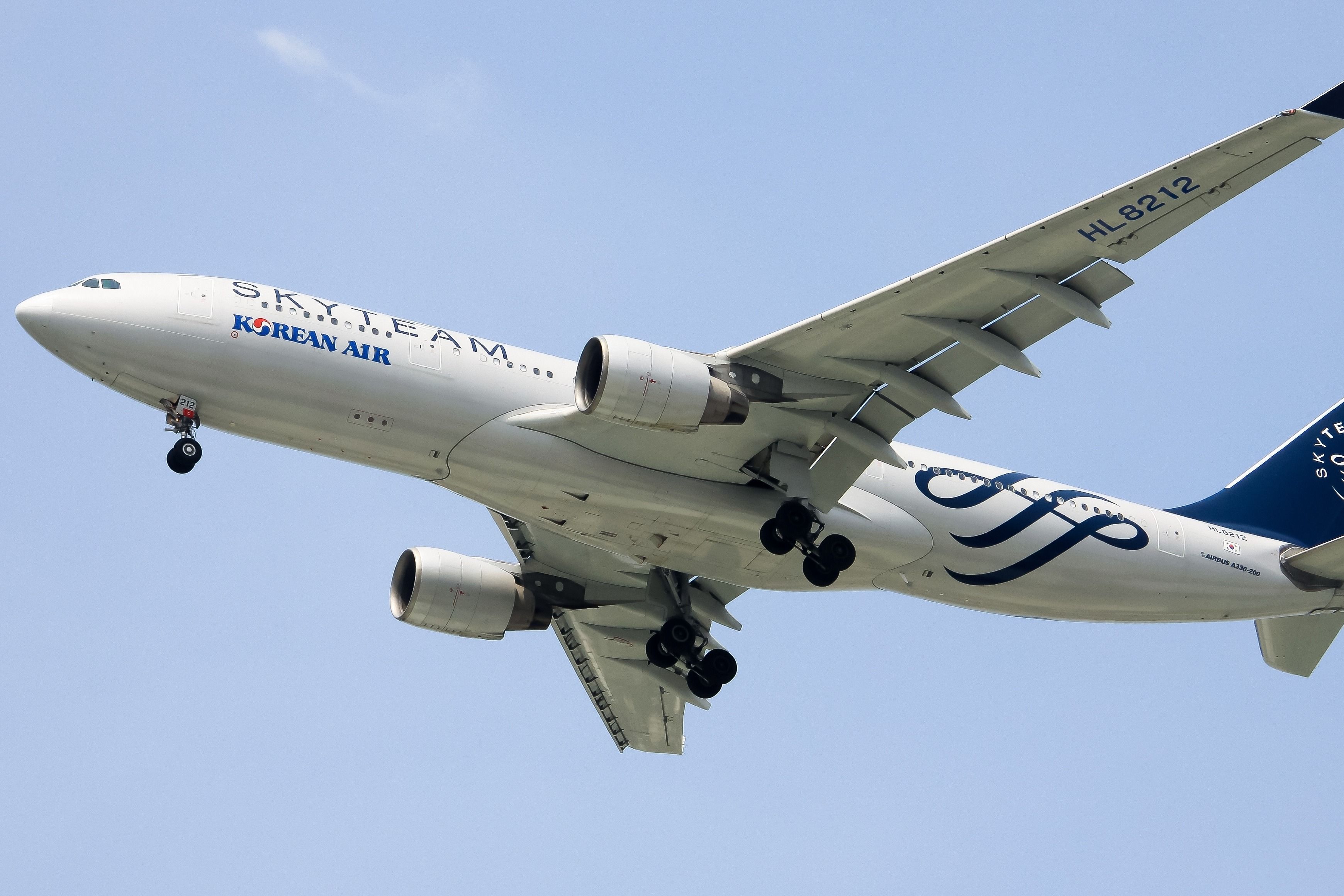Summary Different types of airline agreements include alliances & joint ventures, benefiting airlines and passengers by offering more routes and options. Star Alliance, oneworld, and SkyTeam are the three main global alliances, with each offering unique benefits and opportunities for member airlines. Joint ventures involve sharing revenues on specific routes, requiring significant negotiations and often government approval due to potential competition issues.
There are many different types of agreements between airlines, offering different ways for them to work together. In this article, we take a look at the differences between airline alliances and joint ventures – for both airlines and passengers. The airline alliance – working together The airline alliance as we know it today really started in the late 1990s, and today, there are three main global alliances: Star Alliance oneworld SkyTeam.

The idea is for airlines within the alliance to work closer together, and to offer ticketing and frequent flier benefits to passengers across all members. This allows airlines to compete better than they could on their own, offering more routes and options to passengers. While some airlines within an alliance will offer enhanced codeshare services, and some go further with joint ventures, there are no requirements for members to do this.
Airlines do, however, have to offer frequent flier benefits to members of other airline schemes. This includes the ability to earn and redeem mileage on their flights, as well as benefits such as lounge access and seating choices. There are procedures in place for cross-payment between airlines for these benefits, where appropriate.
Airline alliances - a brief history Star Alliance Star Alliance was the world's first airline alliance, founded in May 1997 by United Airlines, Scandinavian Airlines, Thai Airways, Air Canada, and Lufthansa. Today, the alliance boasts 26 full members, including Air India, Air New Zealand, avianca, Singapore Airlines, and Turkish Airlines. At the latest count, was the largest of the three alliances when measured by total passenger numbers.
However, Scandinavian Airlines left Star Alliance in August 2024 and is in talks to join SkyTeam instead. Reciprocal benefits will be available to most SkyTeam carriers starting September 1st. oneworld oneworld was founded in February 1999 by American Airlines, British Airways, Qantas, Cathay Pacific, and Canadian Airlines International (which was acquired by Air Canada just a couple of years later).
Today, there are 13 full members plus their respective subsidiaries, and both Fiji Airways and Oman Air currently have plans in place to join the alliance. oneworld was the third-largest airline alliance by passenger numbers. The move will provide passengers with additional elite status perks and offers a seamless transition into American Airlines' oneworld loyalty program.
SkyTeam SkyTeam is the youngest of the three main airline alliances, and was founded in June 2000 by Delta Air Lines, Aeroméxico, Air France, and Korean Air. Today, SkyTeam has 19 full member airlines, including China Airlines, KLM, and Garuda Indonesia, as well as its newest member, Virgin Atlantic, which joined in March 2023. The two airlines value individual codeshare deals more.
The joint venture – sharing operations Whilst airline alliances have many benefits, and all airlines are committed to sharing benefits, it is not possible (or indeed desirable) for all members of an alliance to work together on route offerings. Airlines will choose to work together with other airlines that complement their route offerings and strengthen their market position. This can happen whether the airlines are in the same airline alliance or not.
A joint venture is an agreement between airlines to share revenues on a route (according to an agreed contract). They will also coordinate on route planning and scheduling. These are typically large undertakings, that take significant negotiations.
They also often require government approval due to the potential removal of competition. Joint ventures could be between alliance members or between airlines in different alliances. Some examples of joint ventures include: British Airways, Iberia, Finnair, and American Airlines have been operating a transatlantic joint venture for many years.
These airlines are all members of the oneworld alliance. In December 2020, Aer Lingus was granted permission to join this agreement. oneworld member Qantas has a joint venture with non-alliance member Emirates for European flights.
Delta Air Lines and Virgin Atlantic launched a joint venture with Air France-KLM in February 2020. The venture covers up to 341 peak daily transatlantic services, as well as onward services in the US and in the UK and Europe. Delta Air Lines has also tied up a joint venture with LATAM, allowing it to offer more connections into South America, and with Korean Air, offering greater connections throughout East Asia.
There are also codeshares and interline agreements There are other ways that airlines can work together, besides joint ventures and alliance membership. Like a joint venture, codeshares can take place between any airline, either within the same alliance or not. These are much less committed than a joint venture - airlines will place their code on other operators' flights, and establish a revenue-sharing agreement, but the main focus is on increasing flight options for customers of both airlines.
And there are also interline agreements . These are the lowest form of collaboration between airlines. They mainly allow for easier booking of tickets with multiple airlines.
For example, they allow one airline to handle check-in and baggage acceptance for the whole itinerary, but do not go much beyond that in terms of collaboration between the carriers. Interline agreements allow passengers to book connecting flights with less hassle..



















